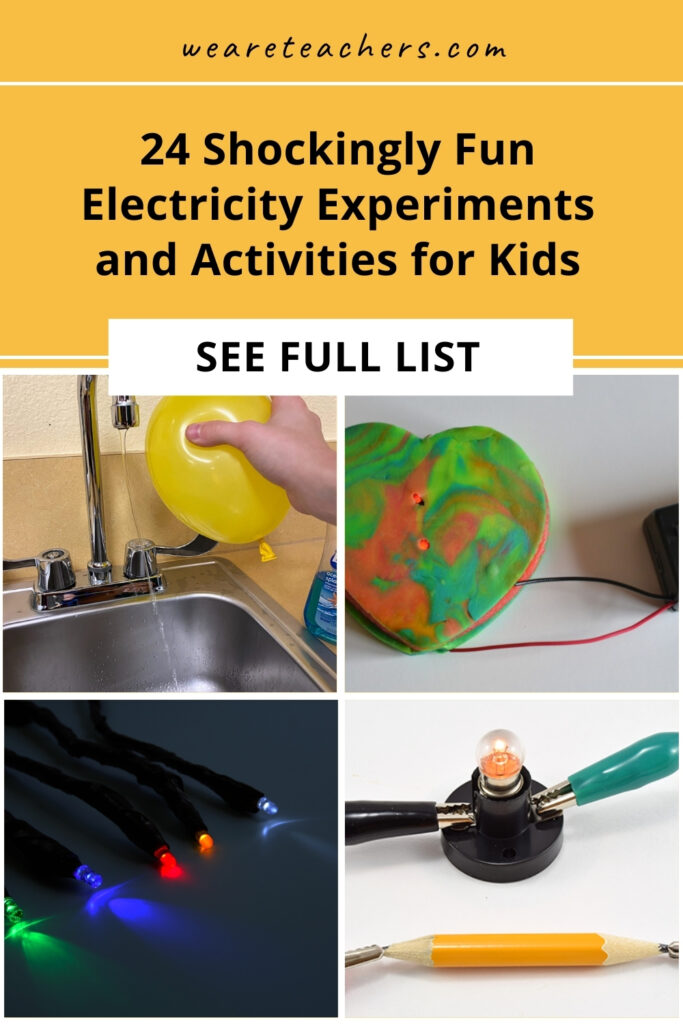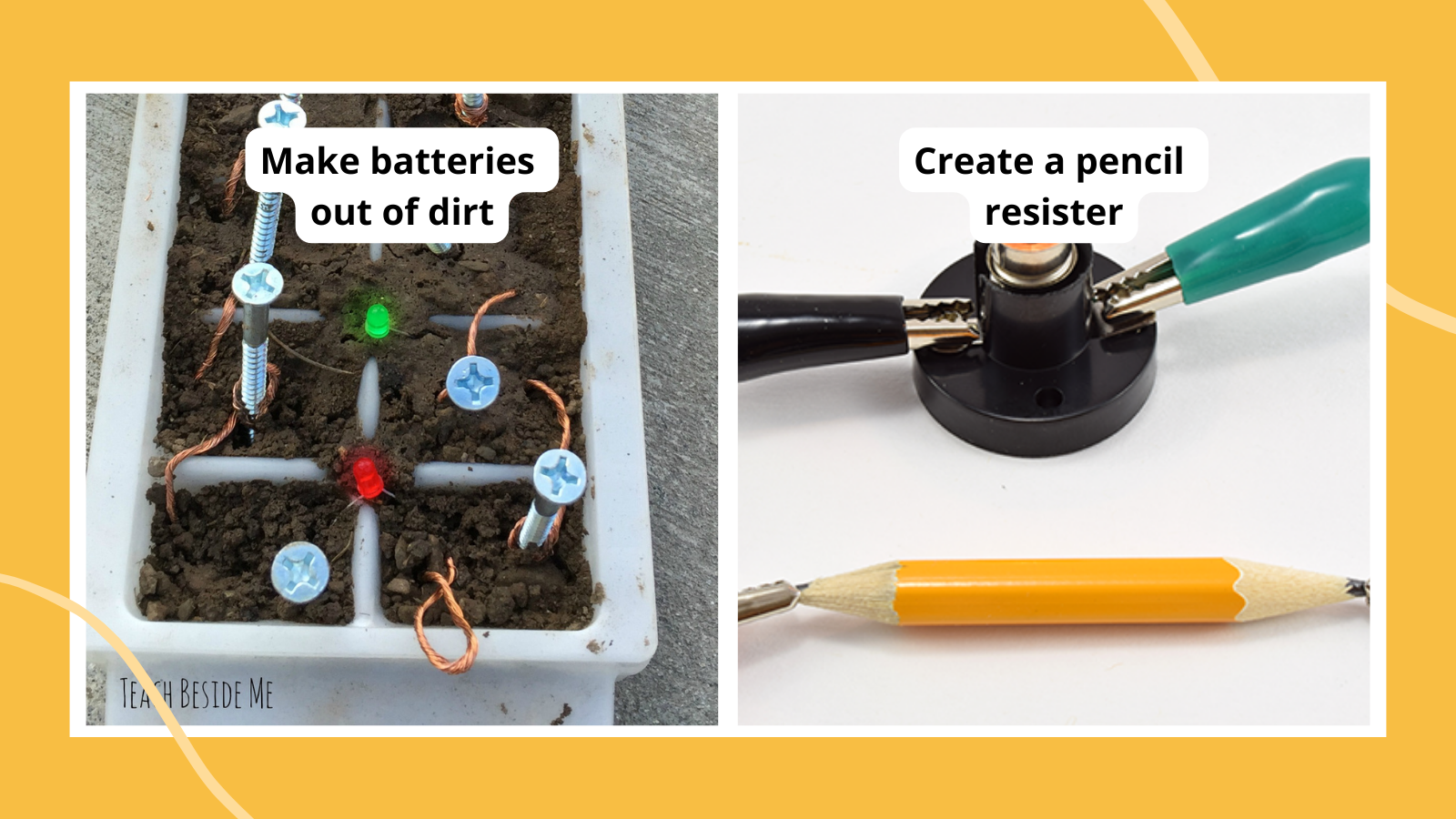Electricity is all around us, so we tend to take it for granted. It’s a fascinating subject for kids, though, so they’ll love these electricity experiments and activities. You may need to invest in a few simple supplies for some of these activities, but you’ll be able to reuse them for multiple activities year after year. The hands-on experience kids will get makes the extra effort worthwhile.
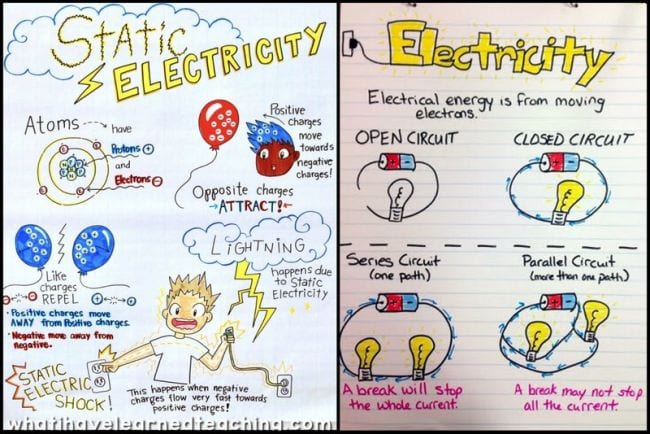
1. Start with an anchor chart
Static electricity is most kids’ intro to this concept, and it leads nicely into electrical energy and circuitry. These colorful anchor charts help you teach both.
Get tutorial: Anchor chart about electricity and electricity anchor chart
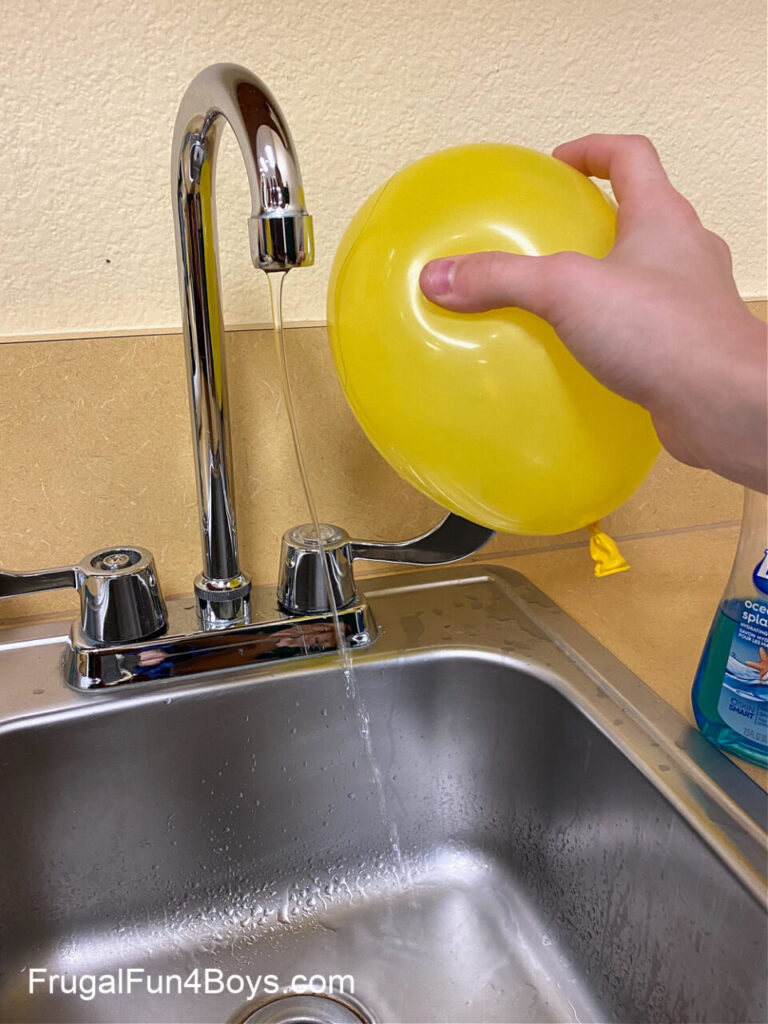
2. Bend water with static electricity
Most static electricity experiments are quick and easy enough for anyone to try at home. This is a great example: Charge a comb by rubbing it against your head, then use it to “bend” a stream of water from a faucet.
Get tutorial: Water balloon experiment
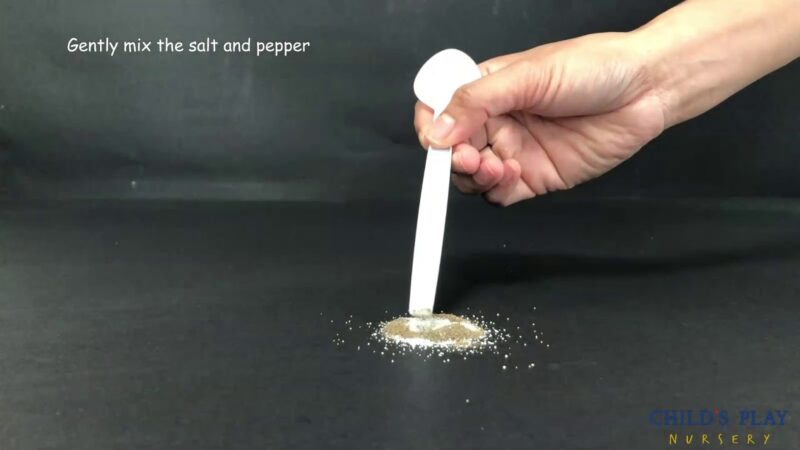
3. Separate salt and pepper using a magic spoon
This static electricity experiment works because pepper is lighter than salt, which makes it quicker to jump to the electrically charged plastic spoon. So cool!
Get tutorial: Salt and pepper experiment
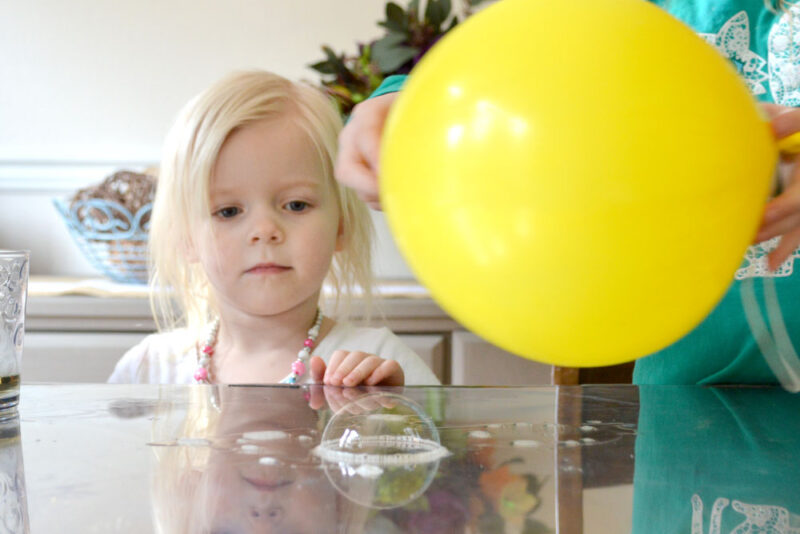
4. Move a bubble using a balloon
Balloons are a fun way to teach about static electricity. Combine them with bubbles for a hands-on activity students will really love.
Get tutorial: Bubble experiment
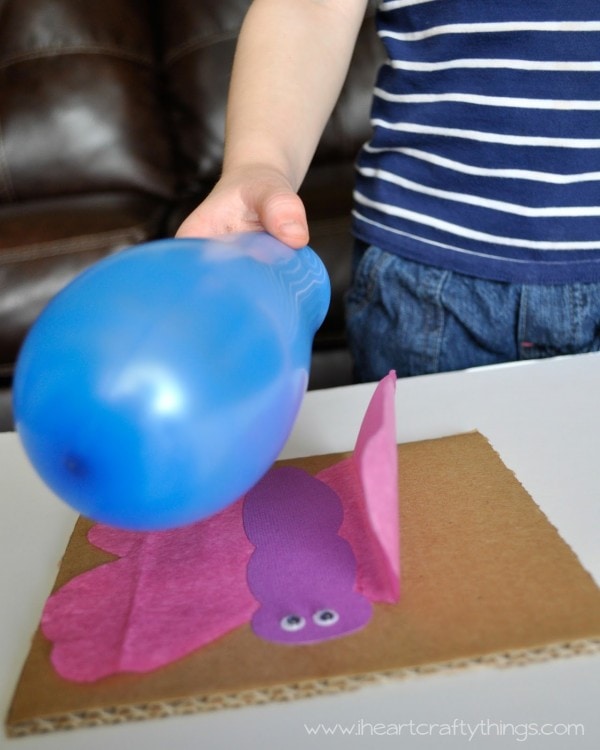
5. Flap a (paper) butterfly’s wings
Speaking of balloons, try using them to help a butterfly flap its tissue paper wings. Little ones’ faces light up when they see the butterfly come to life.
Get tutorial: Butterfly wing experiment
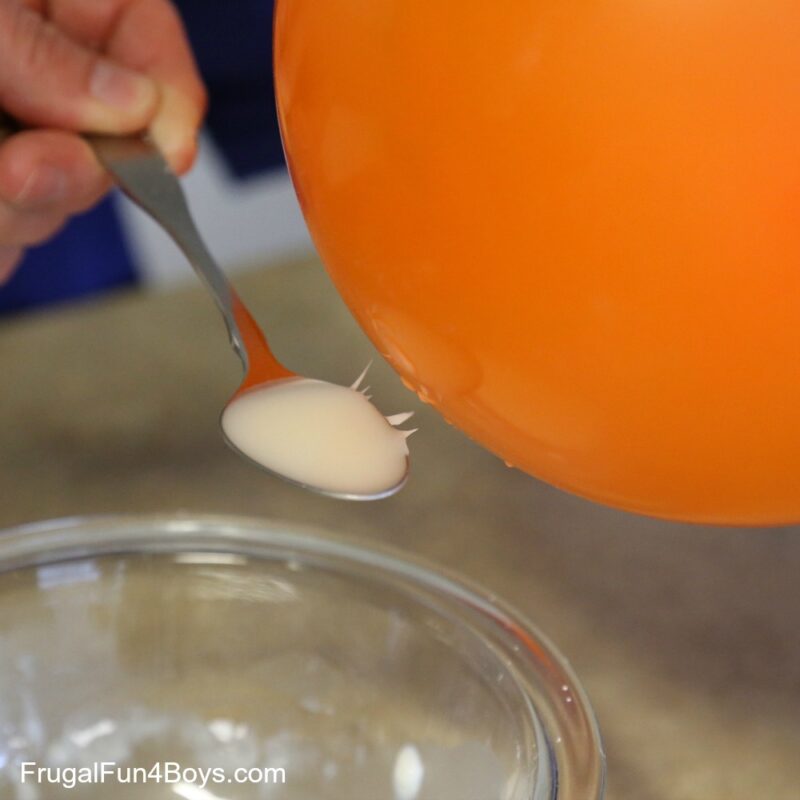
6. Make jumping goop with static electricity
Kick your static electricity experiments up a notch by mixing a batch of cornstarch “goop,” then making it “jump” toward a balloon. Amazing!
Get tutorial: Jumping goop experiment
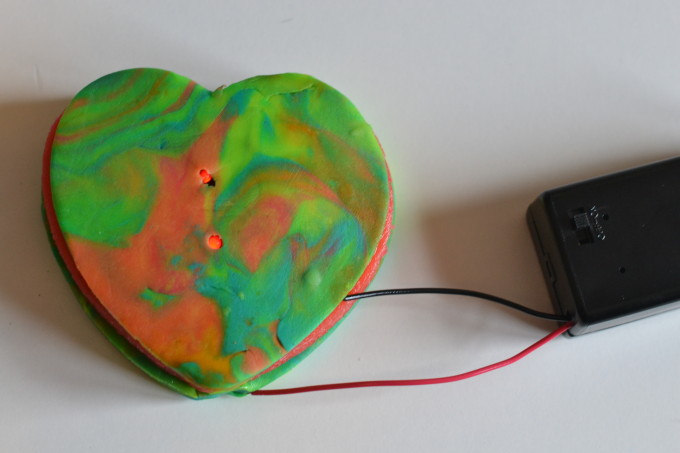
7. Assemble circuits from play dough
When you’re ready to explore electrical energy, start with play dough circuits. You’ll need a battery box and mini LED lights. Mix up your own batches of insulating and conducting play dough using the info at the link.
Get tutorial: Play dough circuit experiment
Buy it: Battery box and clear LED lights at Amazon
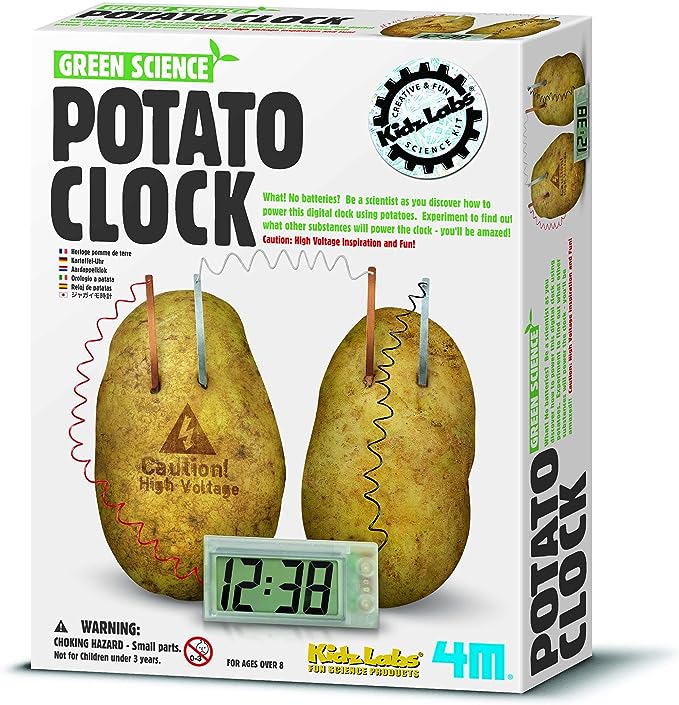
8. Create a classic potato clock
A potato clock is an impressive way to kick off or end a unit on electricity. Your students will never look at potatoes the same way again.
Buy it: Potato Clock experiment kit
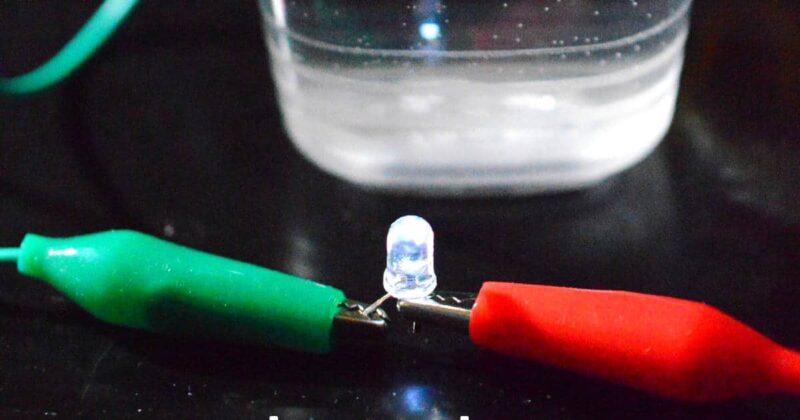
9. Find out if water conducts electricity
We’re always telling kids to get out of the water at the first sign of a lightning storm, so use this demo to help them understand why. You’ll need alligator clip wires, mini LED bulbs, and button cell batteries.
Get tutorial: Water electricity experiment
Buy it: Alligator clip wires, mini LED bulbs, and button cell batteries at Amazon
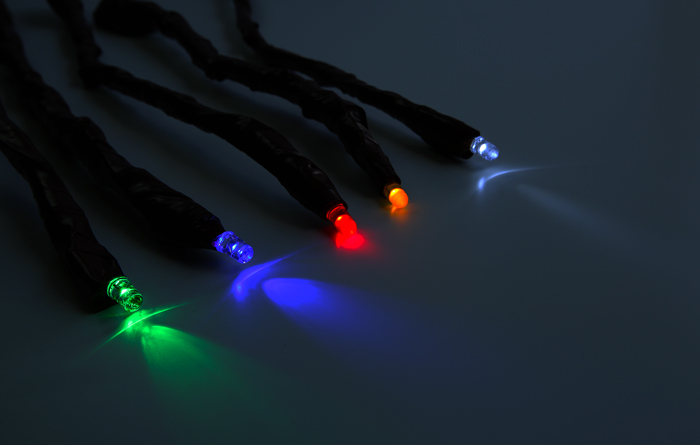
10. Whip up wizard wands
Lumos! If your kids are fascinated by Harry Potter and the world of magic, they’ll love this electricity project that turns ordinary sticks into light-up wands! Learn how it’s done at the link.
Get tutorial: Wizard wand project
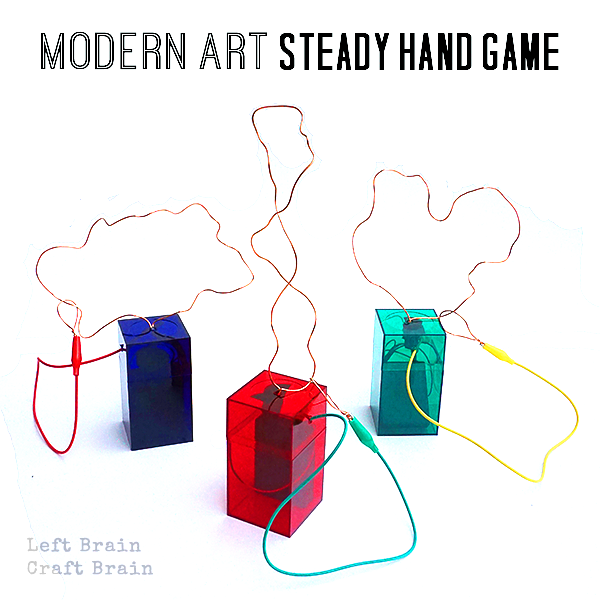
11. Play a DIY steady-hand game
Electricity experiments like this one are perfect for exploring the idea of open and closed circuits. Plus, kids will have so much fun playing with them.
Get tutorial: Steady-hand game
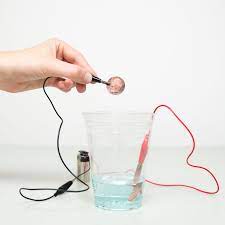
12. Copper-plate coins using electricity
We all know electricity lights up a room and powers phones, computers, and even cars. But what else can it do? This electroplating experiment is a real jaw-dropper.
Get tutorial: Copper plate coins experiment
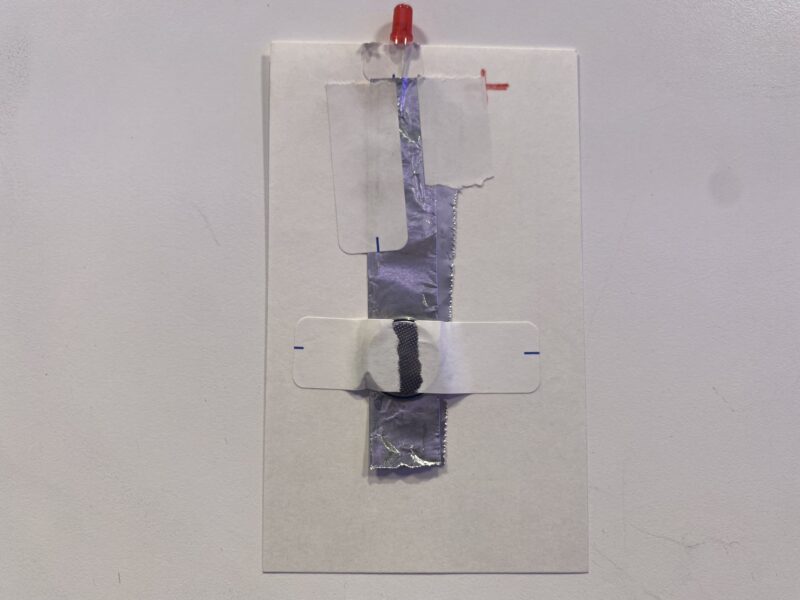
13. Create an index card flashlight
This DIY flashlight really turns on and off! It only takes index cards, aluminum foil, mini LED bulbs, an button cell batteries.
Get tutorial: Index card flashlight
Buy it: Mini LED bulbs and button cell batteries at Amazon
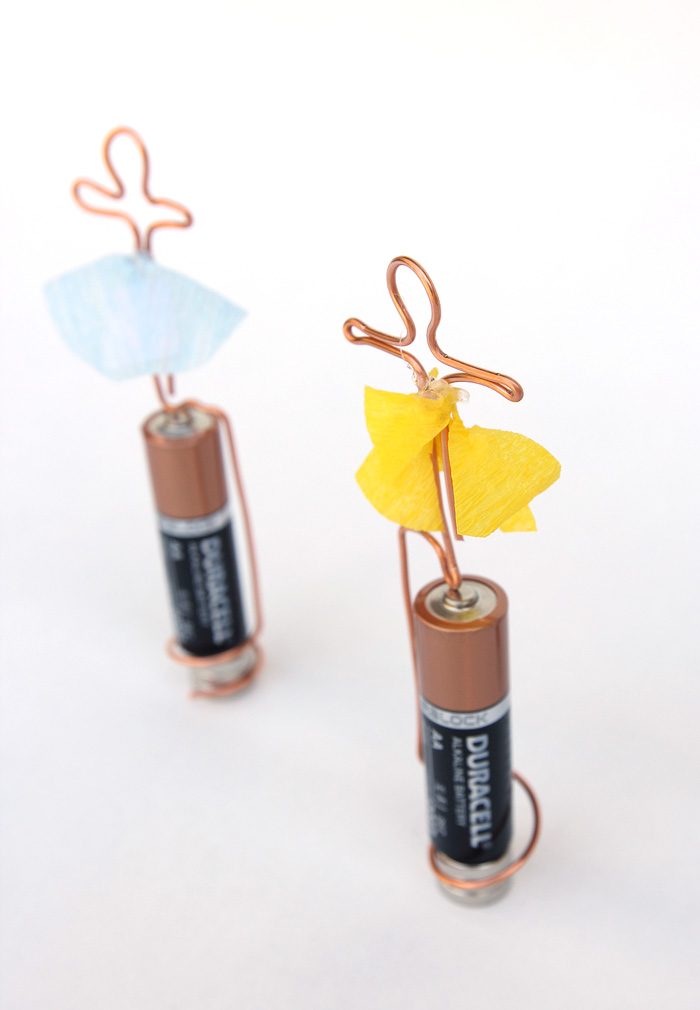
14. Twirl some homopolar dancers
These sweet little twirling dancers are a fantastic demonstration of a homopolar motor. In addition to basic AA batteries, you’ll need neodymium magnets and copper wire.
Get tutorial: Homopolar dancers
Buy it: Neodymium magnets and copper wire at Amazon
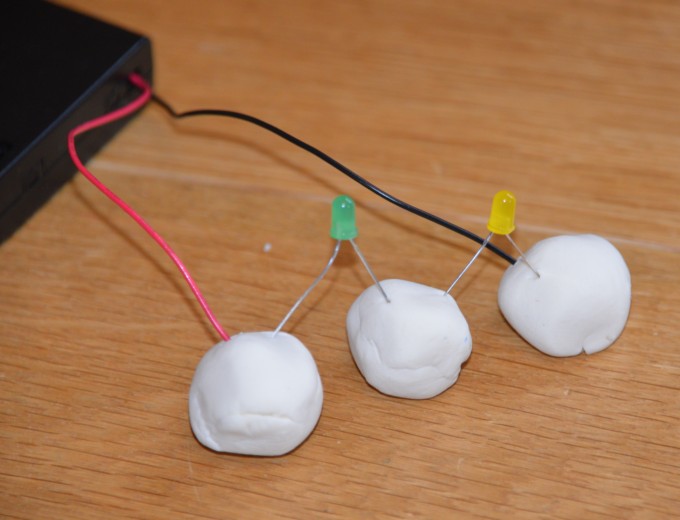
15. Build multiple circuits
Create more than one circuit using play dough to create a series. The positive leg of the LED is near the battery terminal. Since the battery can only push the electricity one way, you can create a circuit of two or more to create a larger circuit.
Get tutorial: Series circuit experiment
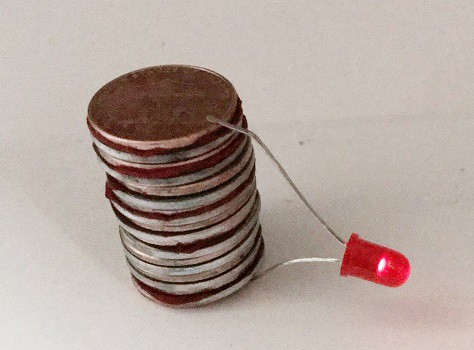
16. Make a coin battery
Use a stack of coins (the more coins you use, the more electricity produced) to make a battery.
Get tutorial: Coin battery
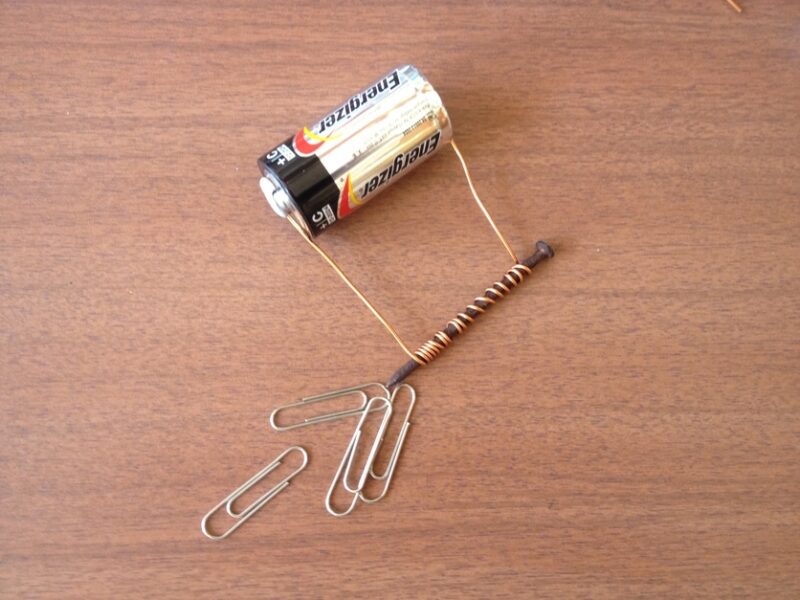
17. Make an electromagnet
Make an electromagnet, or a magnet that uses an electric field, by wrapping wire around an iron nail and running current through the wire. An electric field is created around the nail and, sometimes, the nail will stay magnetized even when the coil is removed.
Get tutorial: Electromagnet project
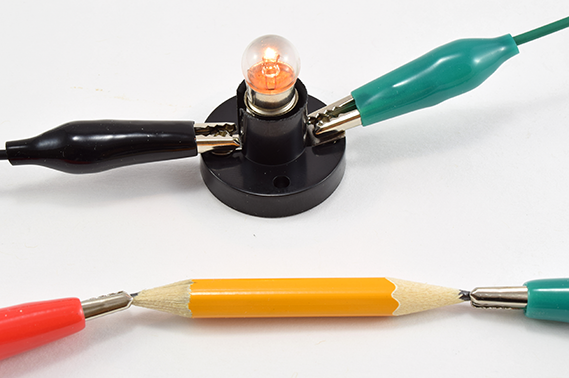
18. Create a pencil resister
Learn about how resisters control the amount of electricity that flows through a circuit. Use pencils (a great way to use those old stubby pencils that are sharpened at both ends) as part of the circuit, and watch the brightness of the build change when the resistance in the circuit changes.
Get tutorial: Pencil resister project
Buy it: AA batteries, battery holder, LED light bulbs, and alligator clips at Amazon
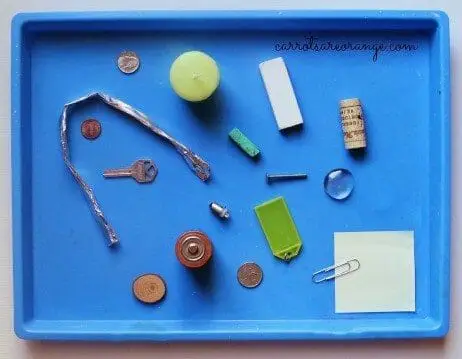
19. Find out what conducts electricity
Figure out what objects are made of material that conducts or does not conduct electricity. Collect common objects such as a key, chalk, wood, and/or candle. Then, test each object by putting it between a battery and a light bulb and touching foil to the base of the bulb. If the bulb lights up, the object conducts electricity!
Get tutorial: What conducts electricity? experiment
Buy it: AA batteries and LED light bulbs at Amazon
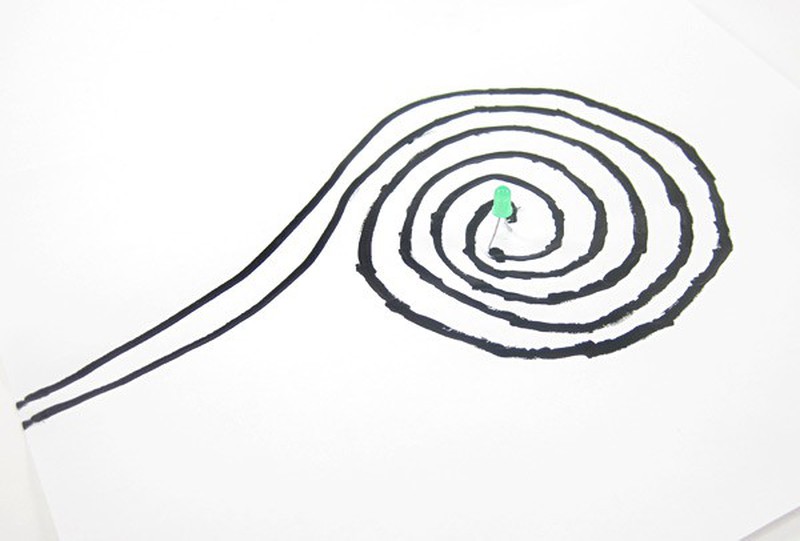
20. Create electric paint
Use electric paint to create a circuit and light up a painting with batteries and LEDs. You will need a multimeter for this project (here’s how to use a multimeter).
Get tutorial: Electric paint project
Buy it: Multimeter, electric paint, 9-volt batteries, LED light bulbs, and alligator clips at Amazon
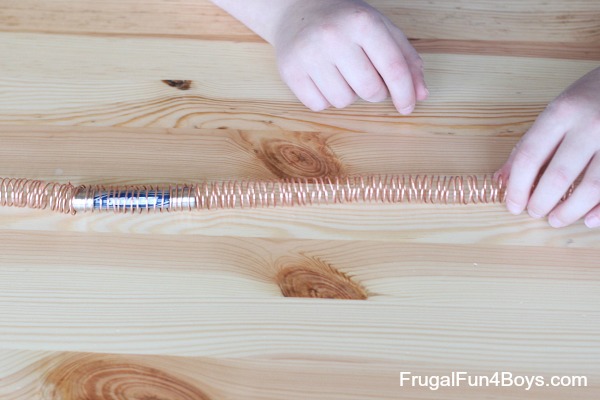
21. Create an electromagnetic train
Show the connection between electricity and magnetism by creating a train with a battery and some neodymium magnets. One note: This is a project for older students who have close adult supervision, as neodymium magnets are very strong.
Get tutorial: Electromagnetic train project
Buy it: Neodymium magnets at Amazon
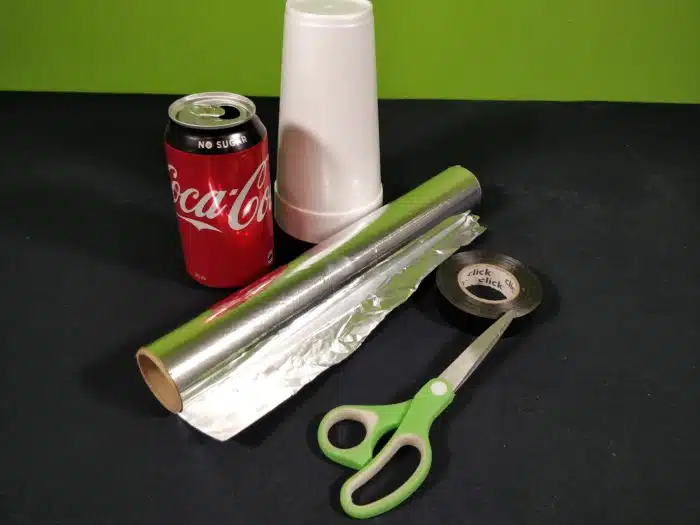
22. Create an electroscope with a soda can
An electroscope detects the presence of an electronic charge. Create a basic but effective electroscope with a soda can, insulation tape, aluminum foil, and a Styrofoam cup. Put it near various surfaces and see what happens.
Get tutorial: Soda Can Electroscope
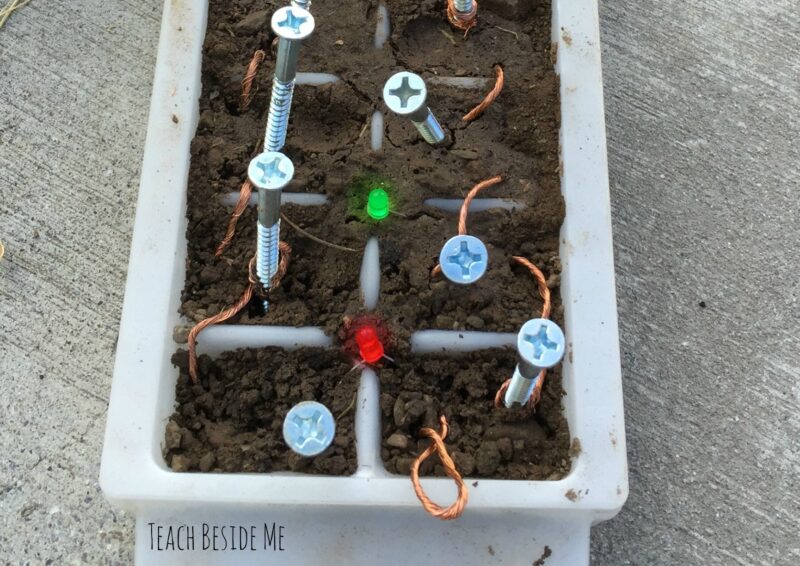
23. Turn dirt into a battery
Electricity can even conduct in dirt. Create a dirt battery with galvanized steel screws (very important), an ice cube tray, copper wires, and soil. Make it more interesting by putting lemon juice or vinegar in the dirt.
Get tutorial: Dirt Battery Experiment
Buy it: Copper wire and galvanized screws at Amazon
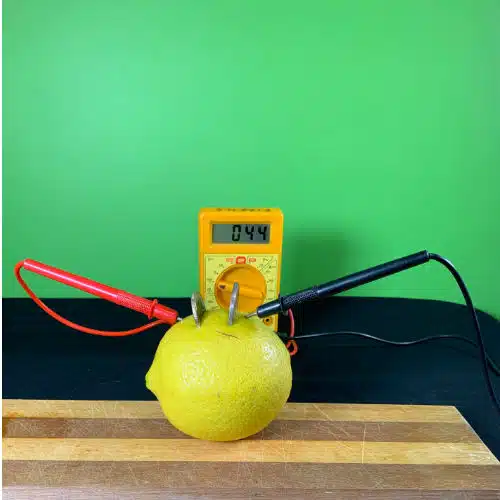
24. Lemon battery
Use a lemon to create a battery with coins and a multimeter. It’s a great way to show students how literally anything can be a conductor of electricity.
Get tutorial: A Simple Lemon Battery
Buy it: Multimeter at Amazon
Love these electricity experiments and activities? Check out Easy Science Experiments Using Materials You Already Have On Hand.
Plus check out Turn Muggles Into Wizards With Harry Potter Science Experiments.
